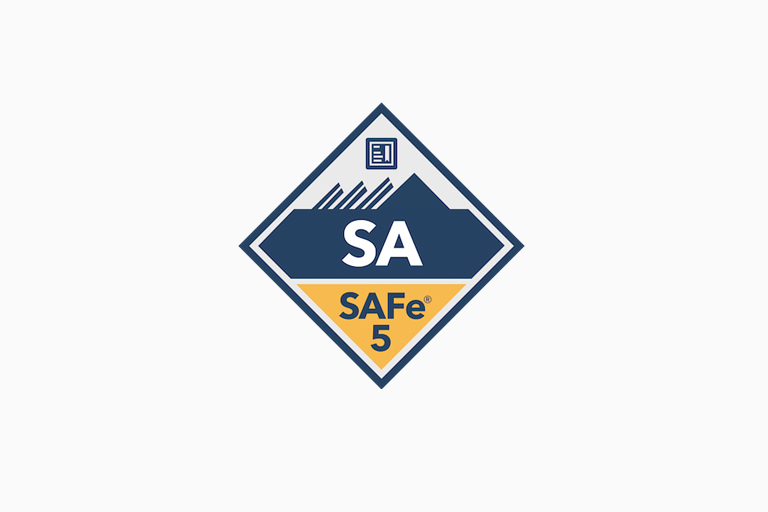Leading SAFe®️ 5.1 Training Overview
The Scaled Agile Framework (SAFe), the most widely adopted Lean-Agile methodology of Project Management (70% of the Fortune 100 companies), was developed in 2011 by Dean Leffingwell, the 5th iteration of SAFe being the latest update. SAFe was developed with a goal to facilitate Agile transformation at an enterprise level, requiring higher competencies as compared to transformation at a departmental level. Be it the team level, program level, large-scale solution level, or portfolio level, with SAFe, you will be able to adroitly address challenges at all levels of an enterprise. Boost your professional standing with the SAFe 5 Agilist certification and become an absolute guide for the entire organization.
Prerequisite
While there are no prerequisites for taking this SAFe® Agile certification training course, it’s recommended that you have at least five years of experience in software development, testing, business analysis, or project management. It is also additionally recommended that anyone taking this course has a basic understanding of Agile Scrum.
Course Modules
1. Thriving in the Digital Age with Business Agility
Learning Objective:
Topics:
- Thriving in the digital age
- SAFe as an operating system for Business Agility
- The Seven Core Competencies of Business Agility
2. Becoming a Lean-Agile Leader
Learning Objective:
Topics:
- The Lean-Agile Mindset
- Lean and Agile at scale with the SAFe Principles
3. Establishing Team and Technical Agility
Learning Objective:
Topics:
- Forming cross-functional Agile Teams
- Built-In Quality
- Organizing Agile Release Trains around the flow of value
4. Building Solutions with Agile Product Delivery
Learning Objective:
Topics:
- Customer Centricity and Design Thinking
- Prioritizing the Program Backlog
- PI Planning
- Develop on Cadence; Release on Demand
- Building a Continuous Delivery Pipeline with DevOps
5. Exploring Lean Portfolio Management
Learning Objective:
Topics:
- Defining a SAFe Portfolio
- Connecting the portfolio to the Enterprise strategy
- Maintaining the Portfolio Vision
- Realizing the Portfolio Vision through Epics
- Establishing Lean Budgets and Guardrails
- Establishing portfolio flow
6. Leading the Change
Learning Objective:
Topics:
- Leading by example
- Leading the change





Reviews
There are no reviews yet.